
The entrance to hayle!
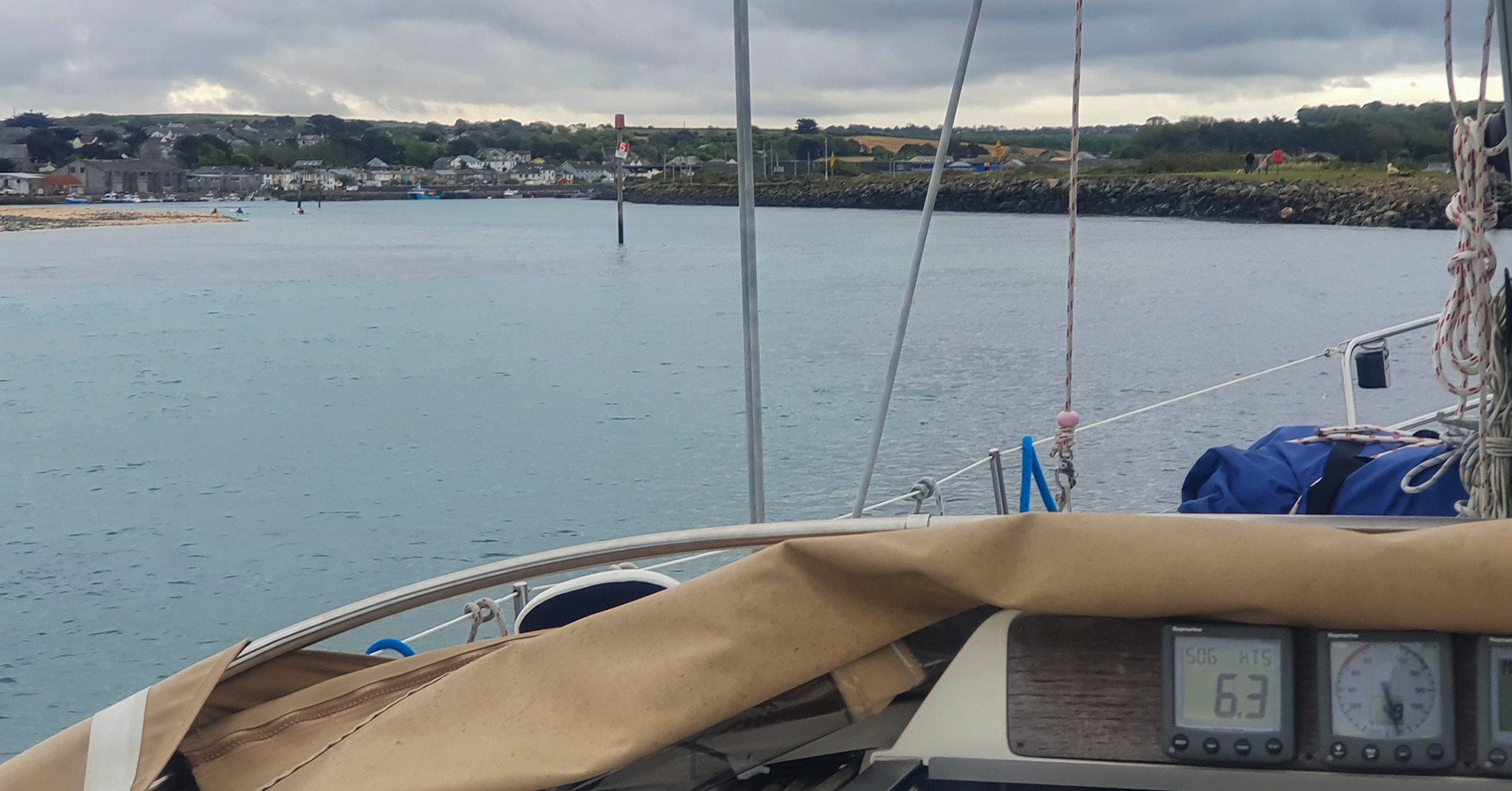
I assume its this way
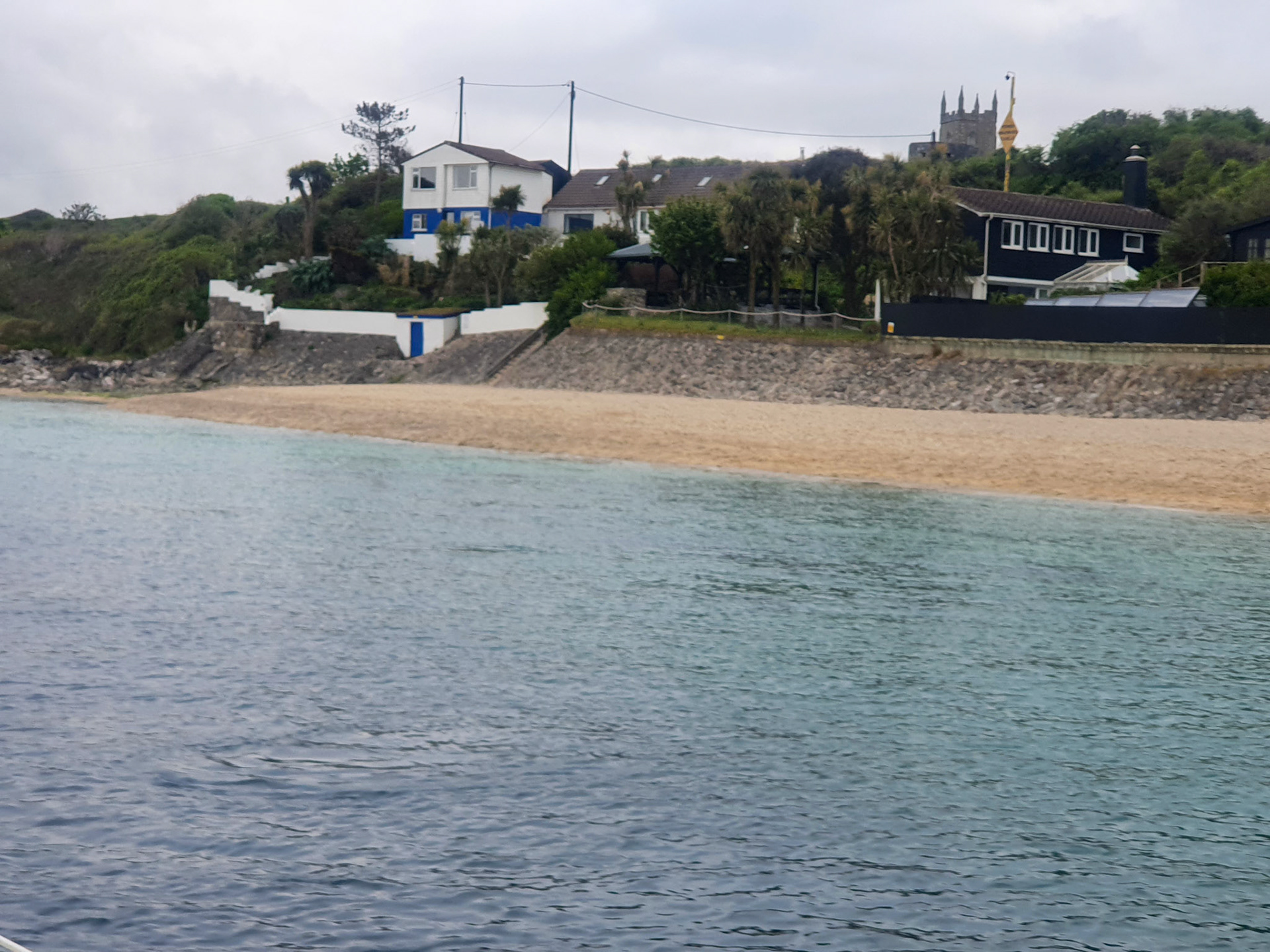
its getting narrow
4 May to 12 May
After a peaceful night under the watchful eyes in Cromwell Castle just off the North of Tresco, we set sail at 1000 bound for Hayle. Just north of the island we spotted 4 minke whales gracefully making their way further west and south. No time for photos as we were enthralled just watching them. The weather forecast was 3-5 westerly veering North Westerly - light. We managed a couple of hours sailing before the yaw set in and we used the headsail and engine to counteract the motion and maintain our headway. We had a tidal gateway of 2 hours either side of High Water for entering Hayle which is a river just north of St Ives. It is set almost in the centre of St Ives bay and the shifting sand bar across the entrance means it is imperative to contact the Harbourmaster before entry. This we did, and they made us most welcome, arriving at 2000 on the dot after 44.2 miles.
Hayle is a town rich in history and boasts beautiful sandy beaches with a few Atlantic rollers, many lobster pots and a view at low water of the tiny entrance to the river. Our entry route was a little different from the natural flow of the river, and thankfully as we are a southerly no harm was dealt to the keel!
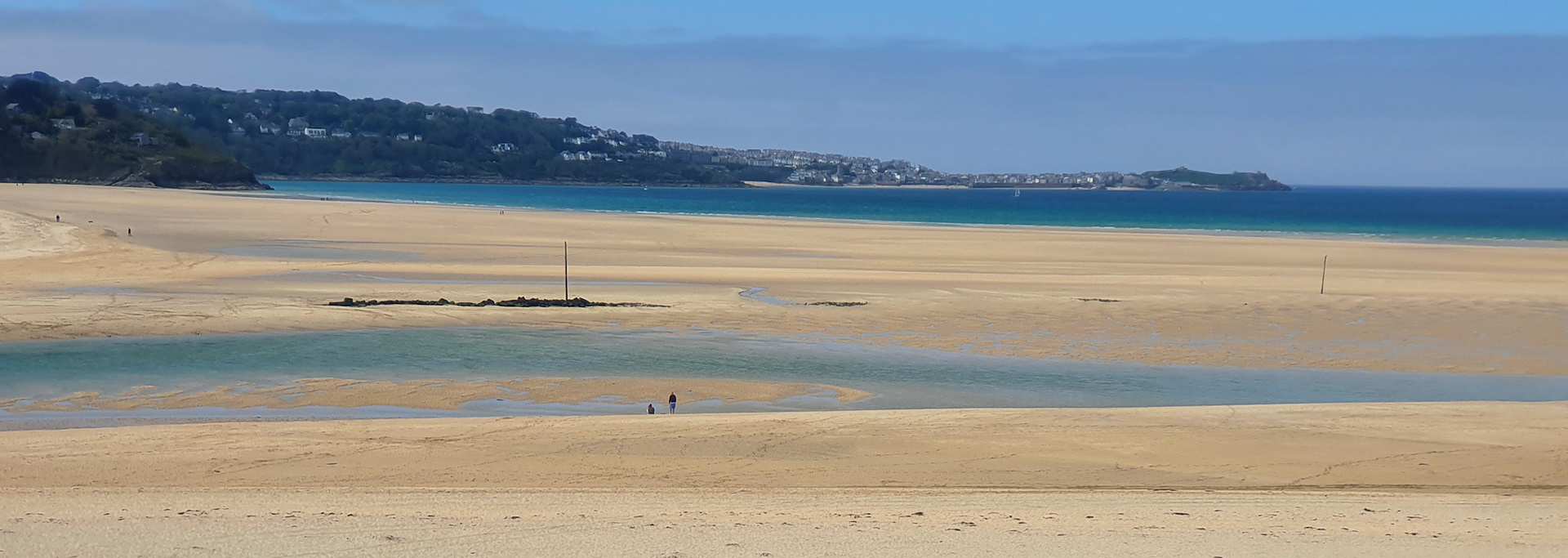
St Ives Bay
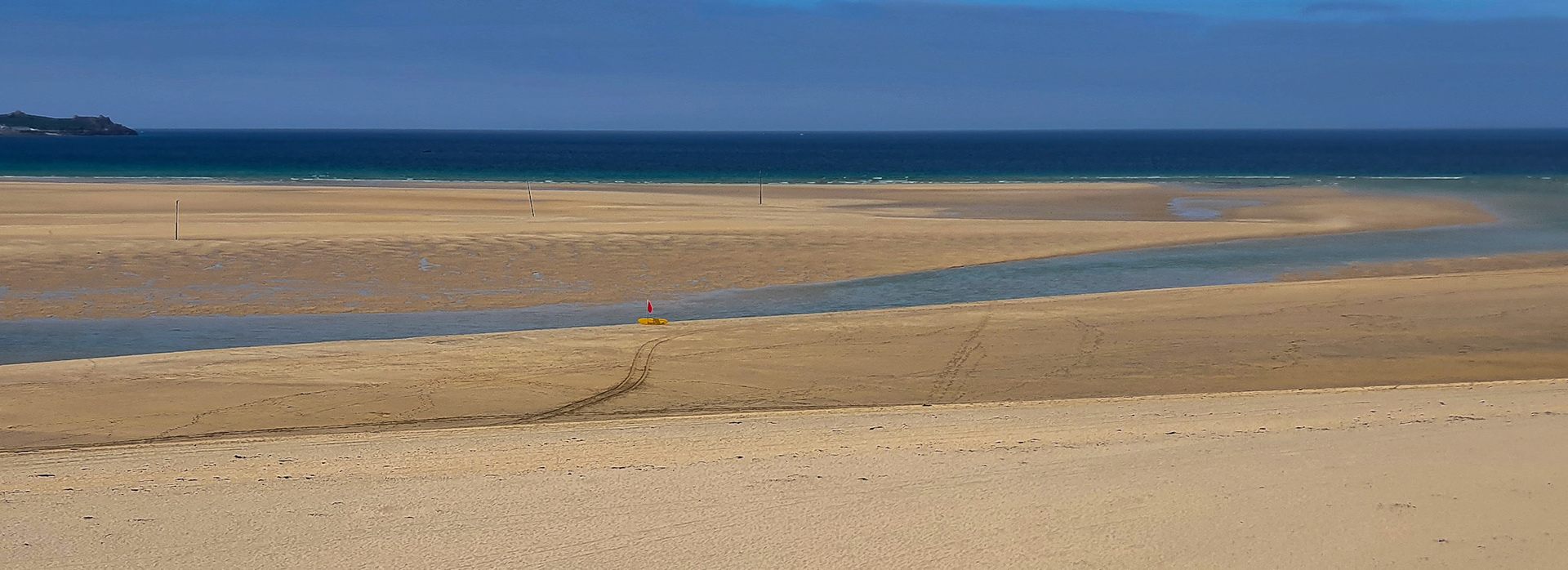
Note how far the channel is from the outer withy. Apparently it moves weekly
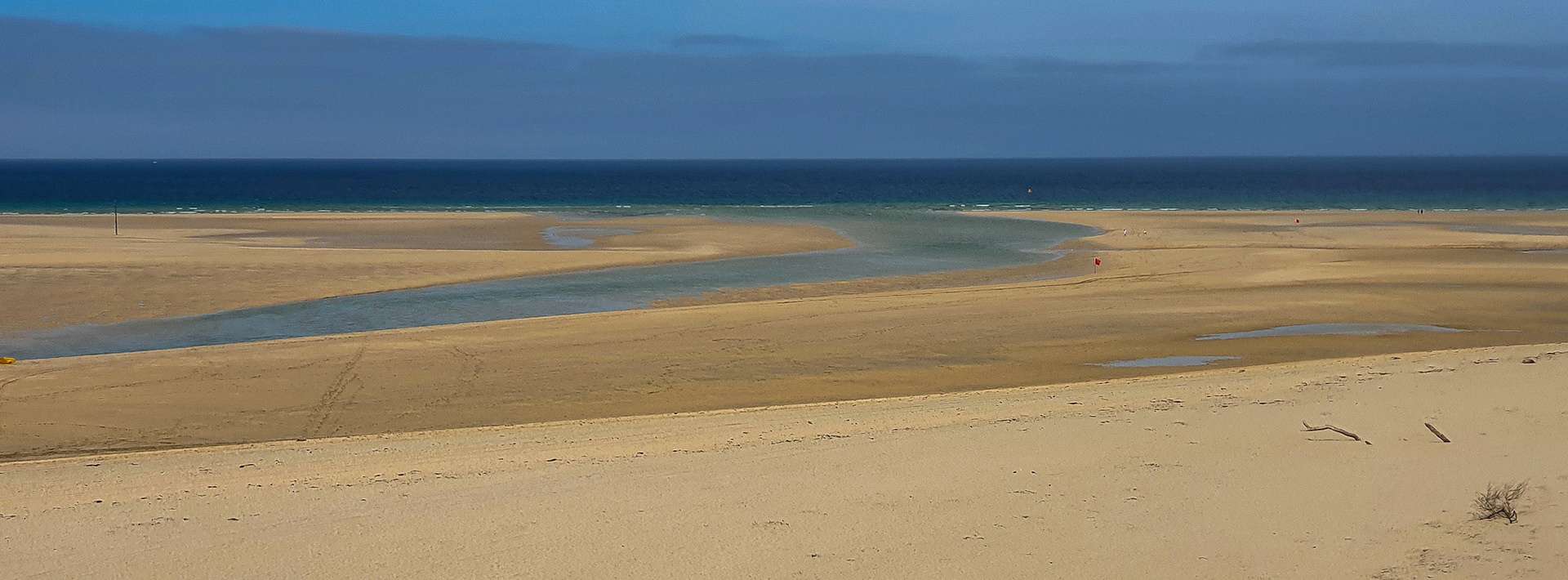
low water
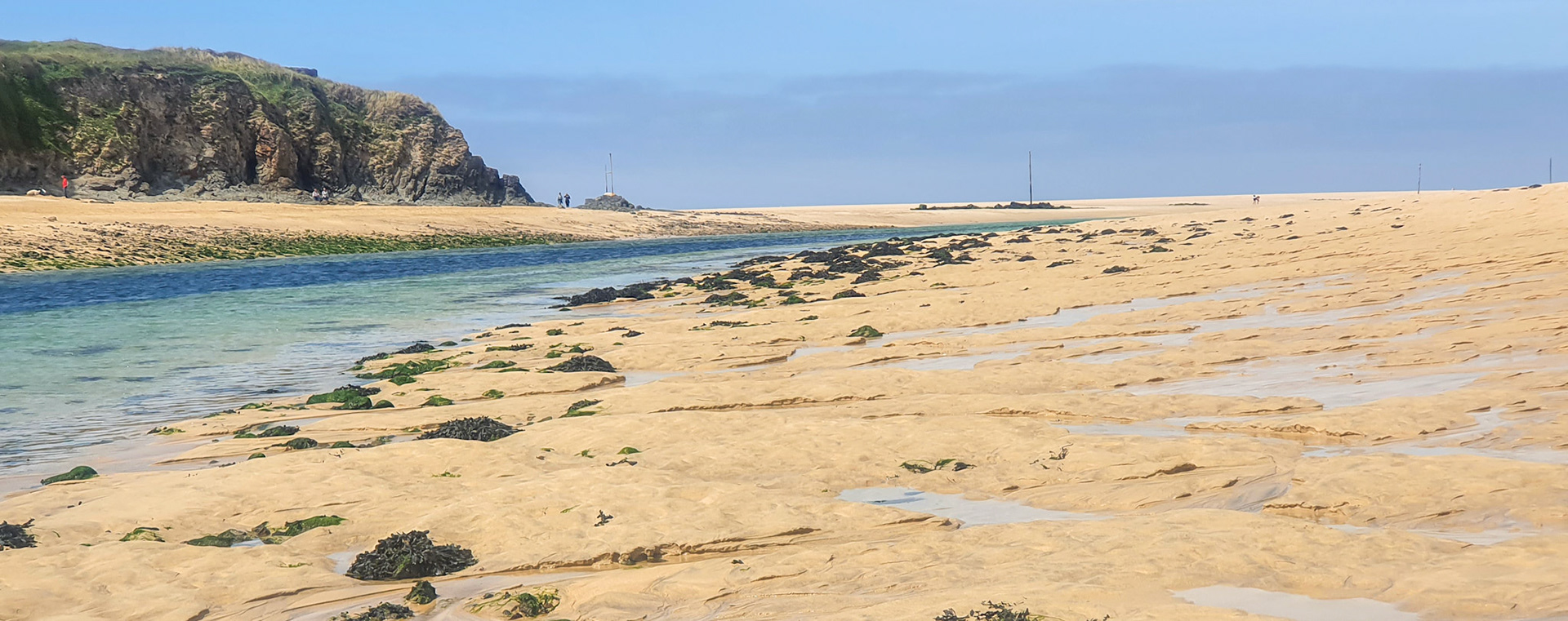
more low water
Hayle is probably best known for its huge tin mining industry in 19th century and is home to the inventor of the Cornish Beam engine. As one proud Cornishman told us, without Hayle and its famous inventors, industrial progress would have been much slower. The enormous bridge at the head of the river was designed and originally built by Isambard Kingdom Brunel, although it stone facings and additional supports are a more recent addition.
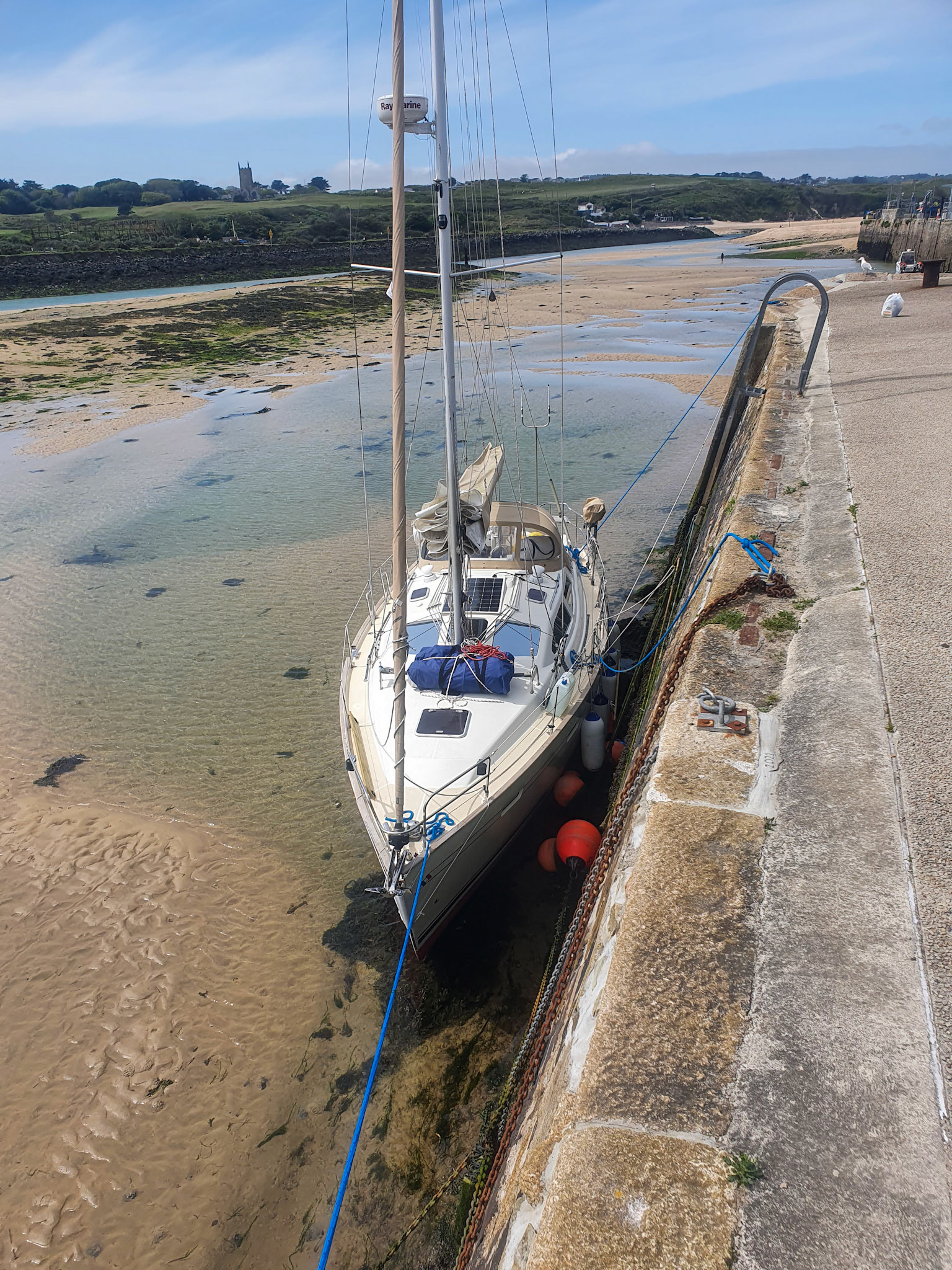
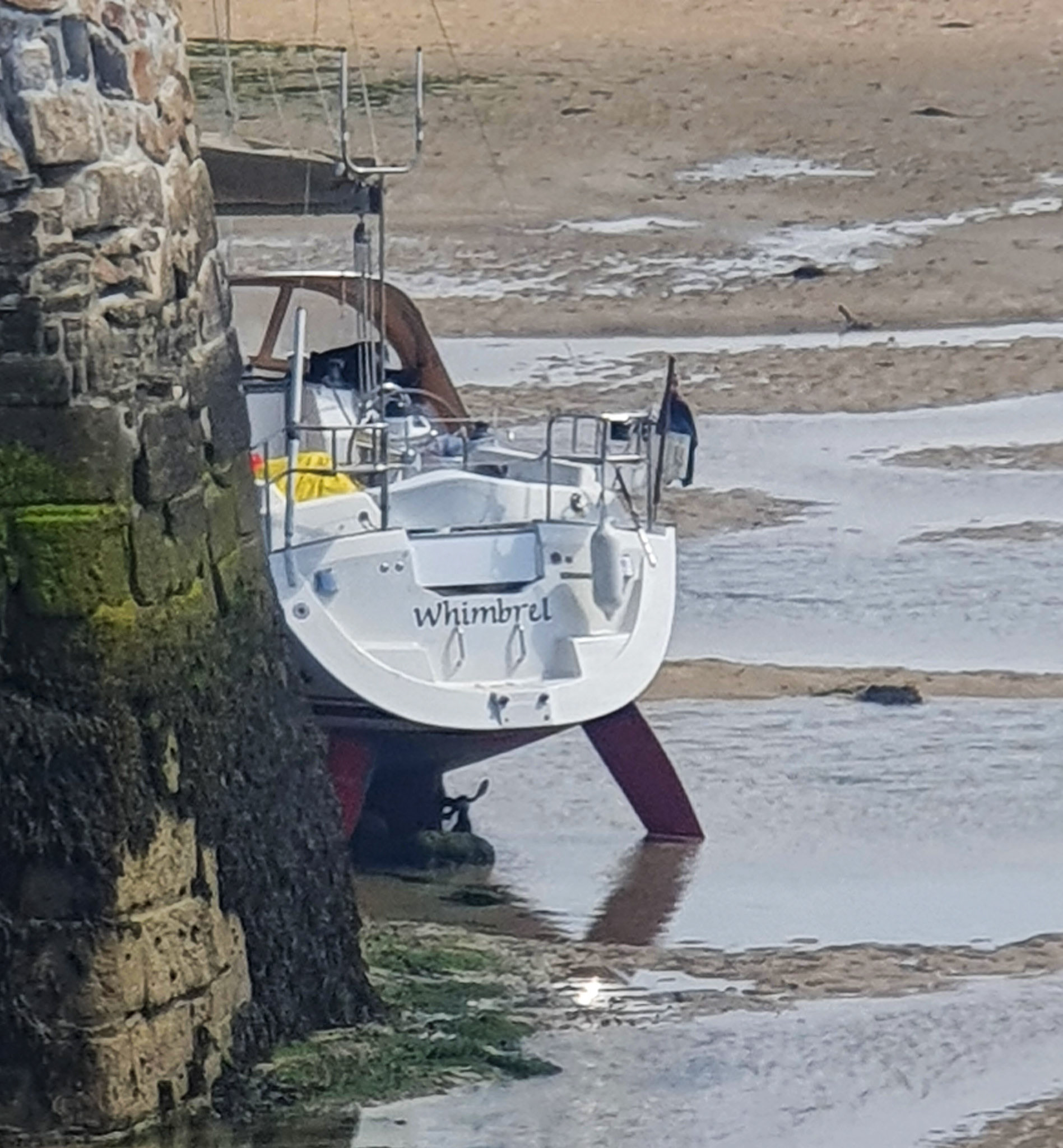
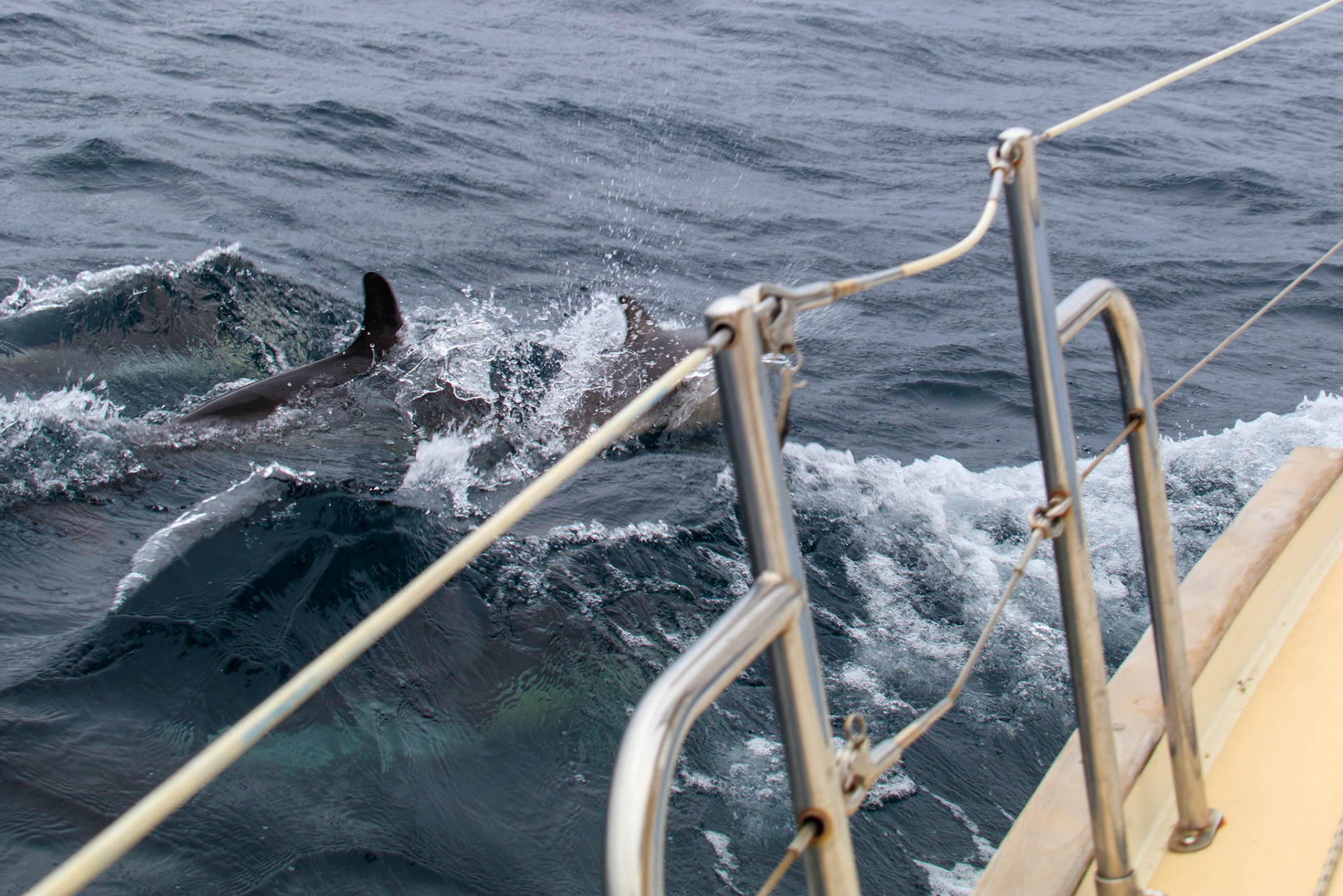
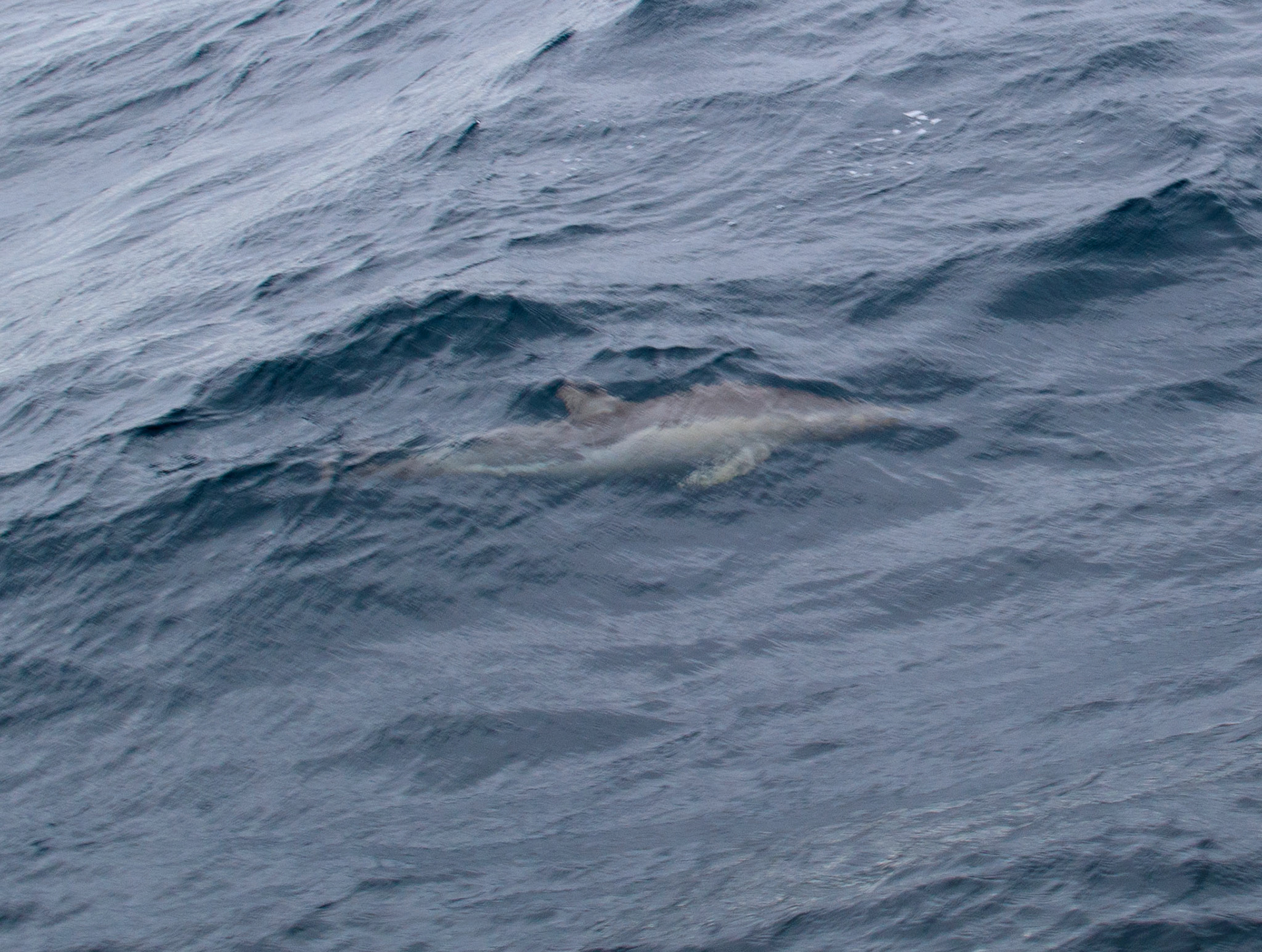
We spent two days in Hayle and departed at 0800 on 6 May for Lundy. Again the rolling seas and following winds thwarted our attempt to sail so we motor-sailed the 69 miles to Lundy. Arriving at 2015 we turned into the landing stage anchorage and found ourselves calm and still for the first time in 12 hours. It was blissful. En route a pod of dolphins kept us company for an hour and a half and a sighting of a puffin about 20mtres from the boat made that journey so worthwhile. We awoke to a sunny and warm morning, packed a snack and our cameras and headed off for a walk around the island. We spent 2 hours in Jennys Bay watching Puffins, Little Awks, Razorbacks and Terns and Gannets wheeling and diving and fishing off the stunning cliffs. A further walk up to the old lighthouse allowed us to watch the sedate swimming of the grey spotted seals and see a couple more puffins and razorbacks feeding their young before we found the island gem of a pub for a pint and a sandwich. further details about Lundy can be found here
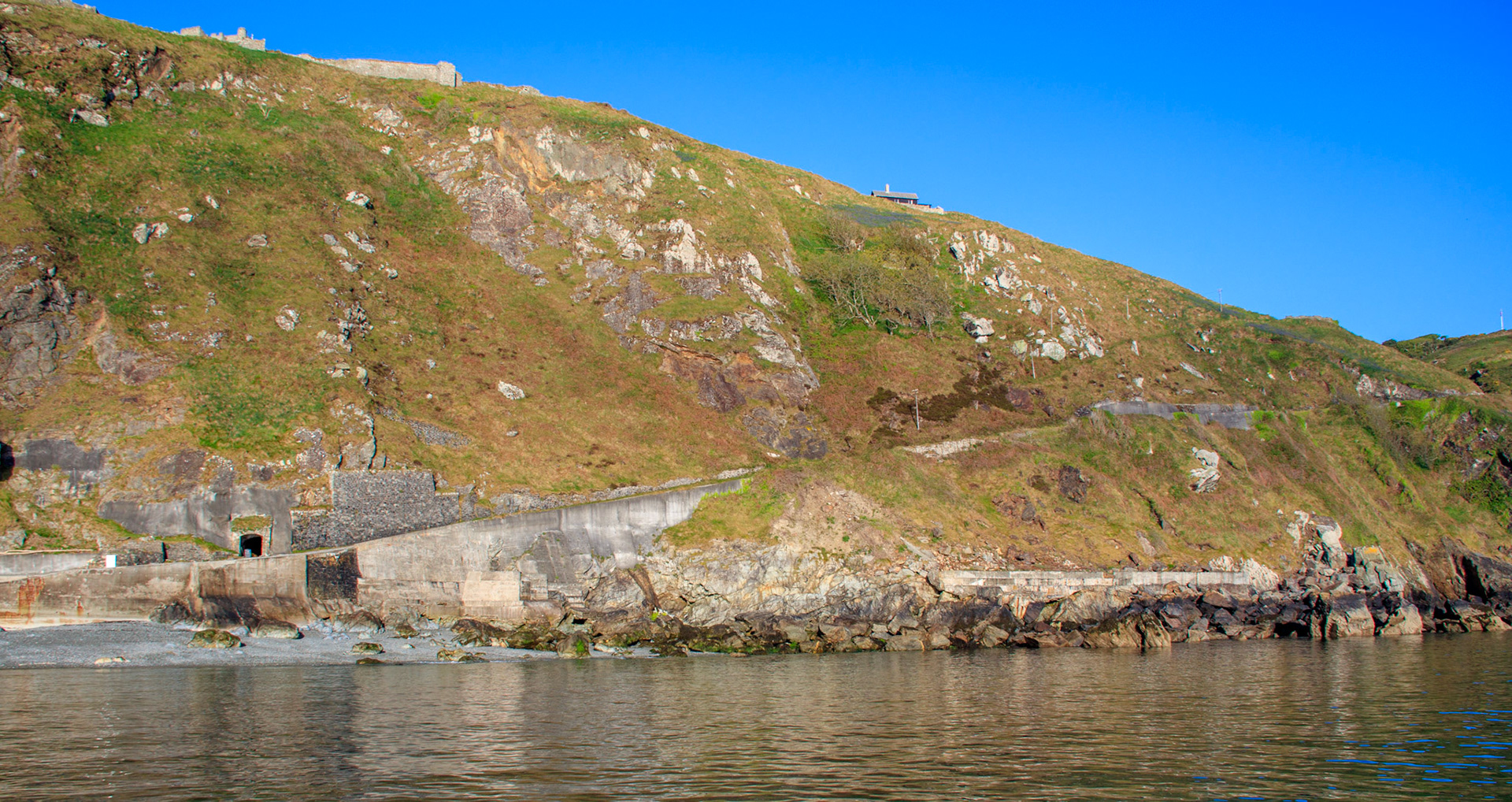
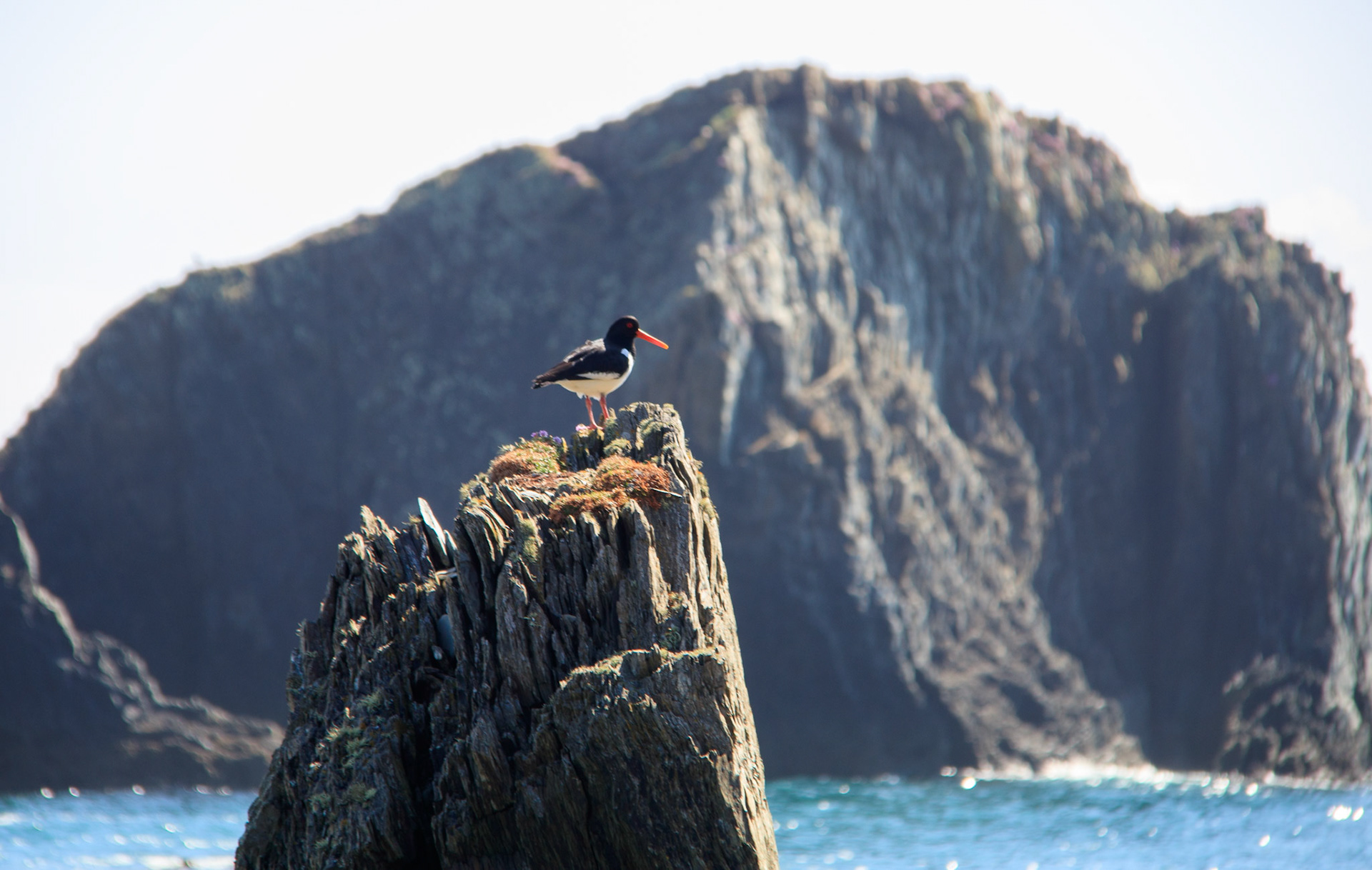
Oyster catcher
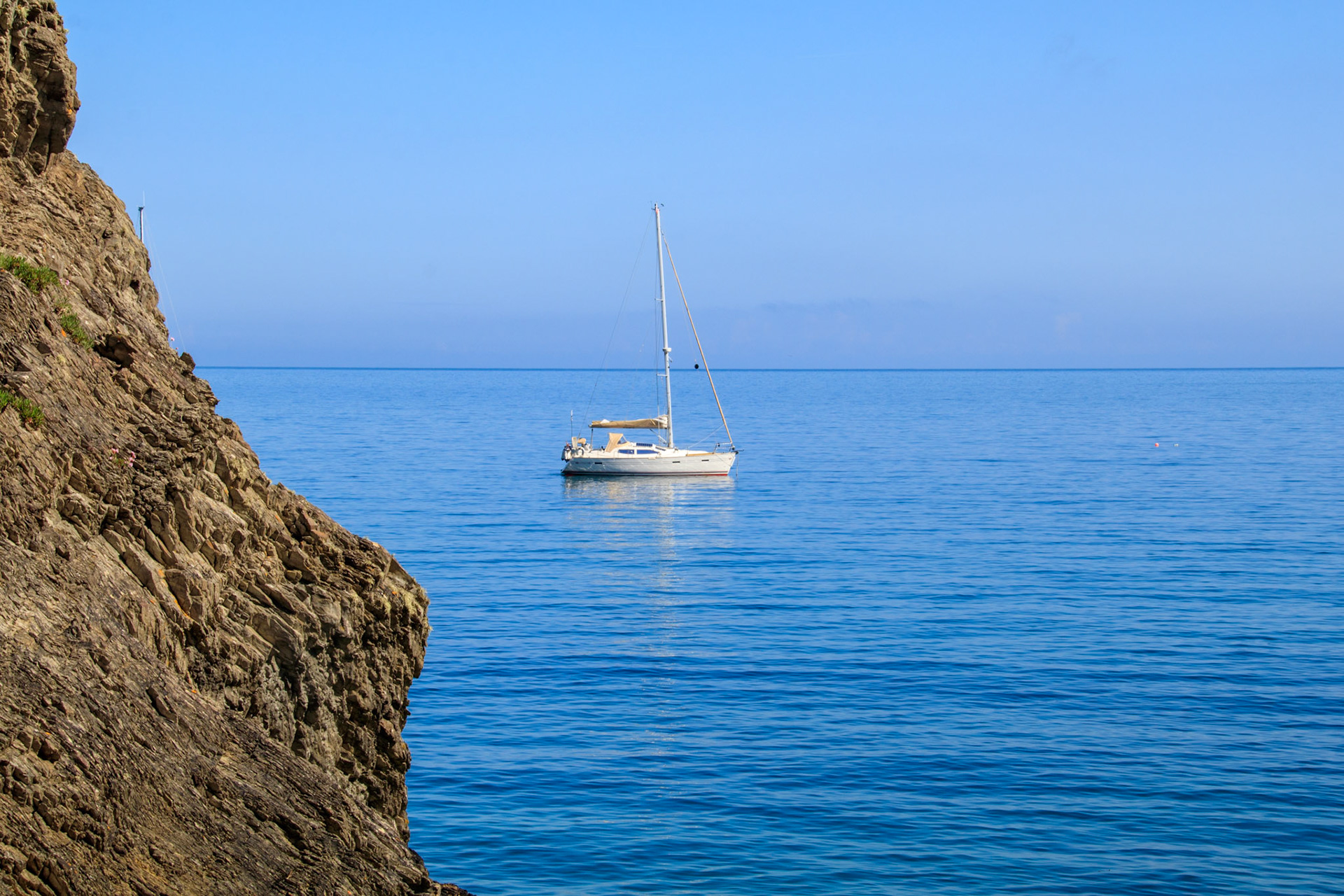
Whimbrel on guard
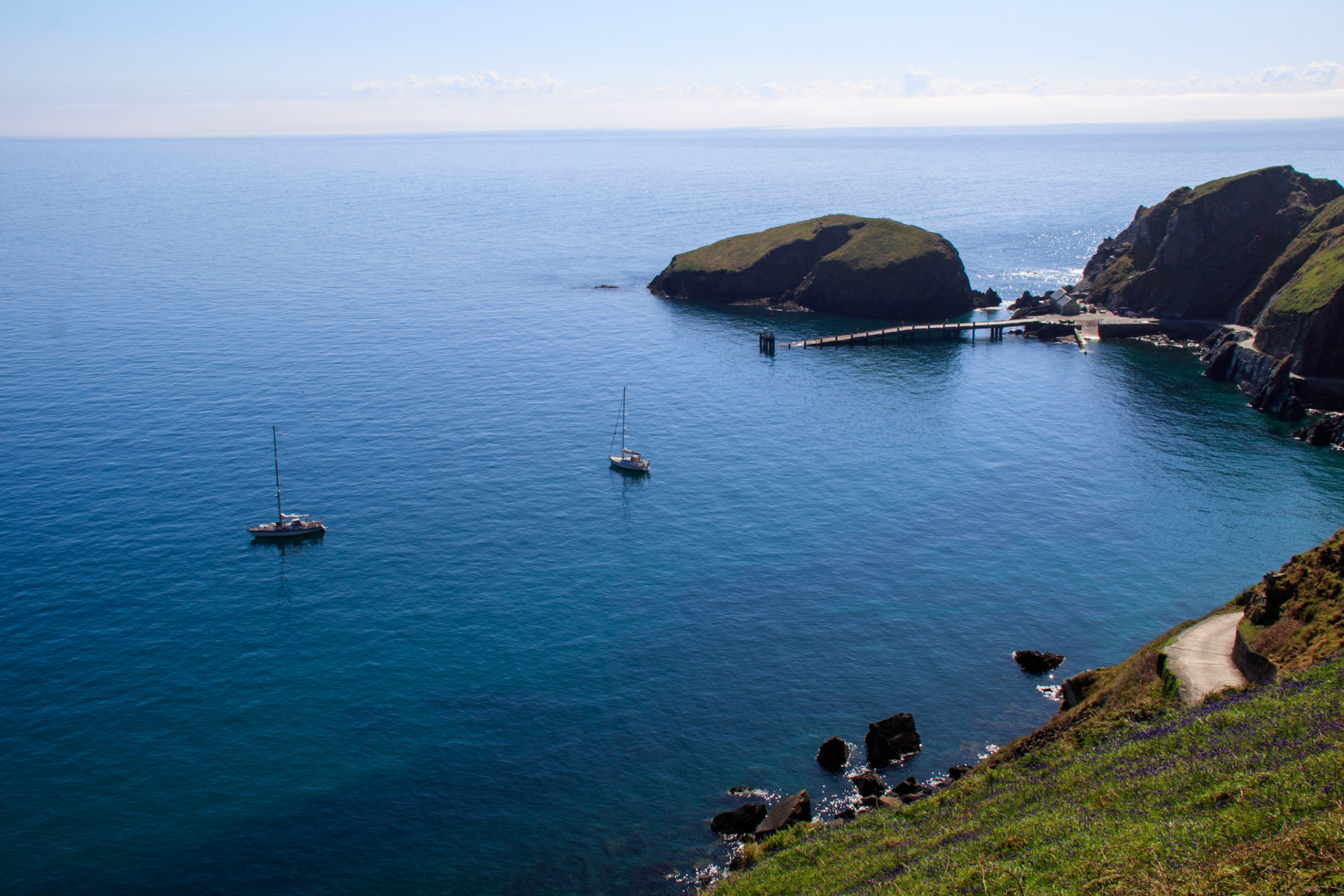
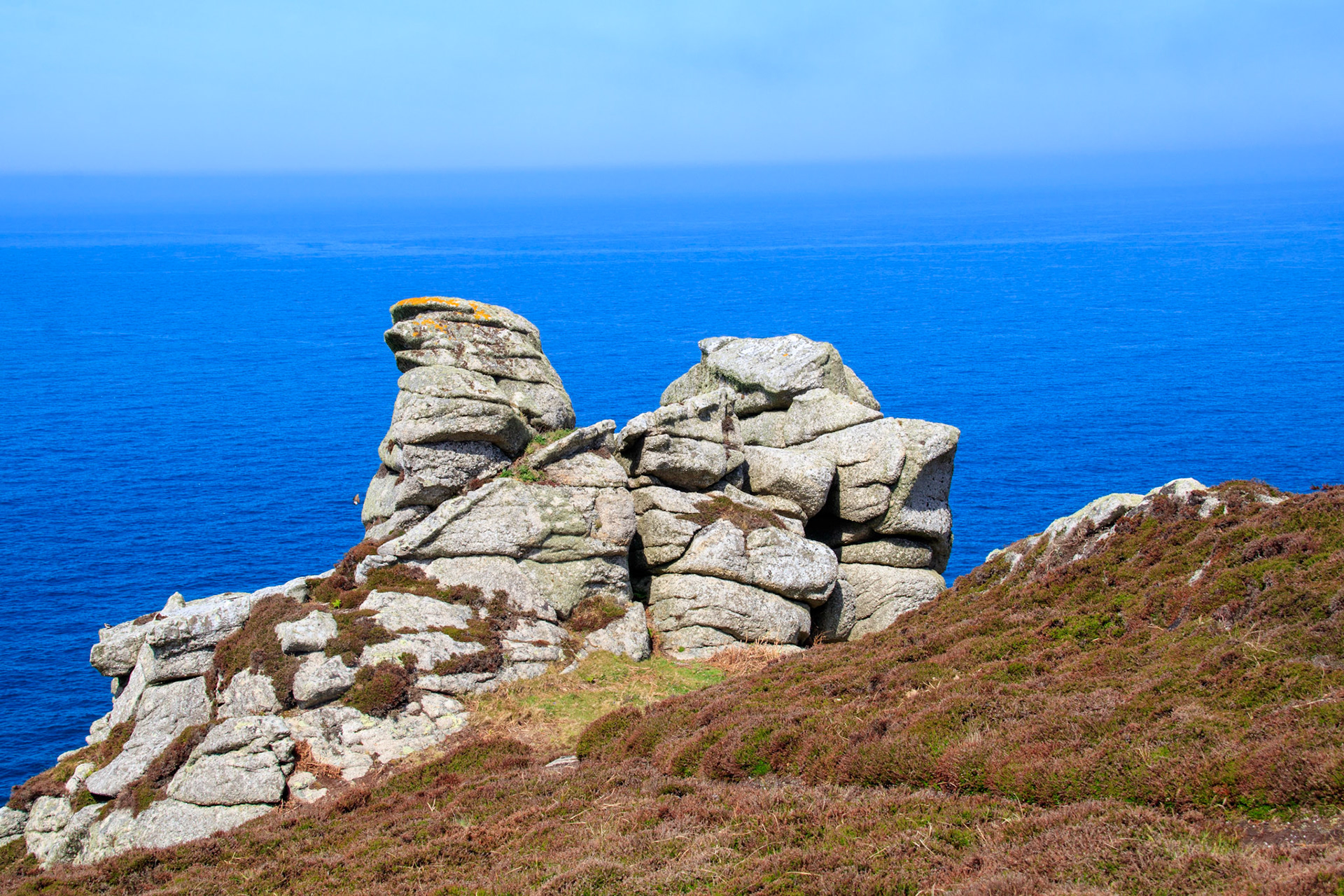
The cheeses
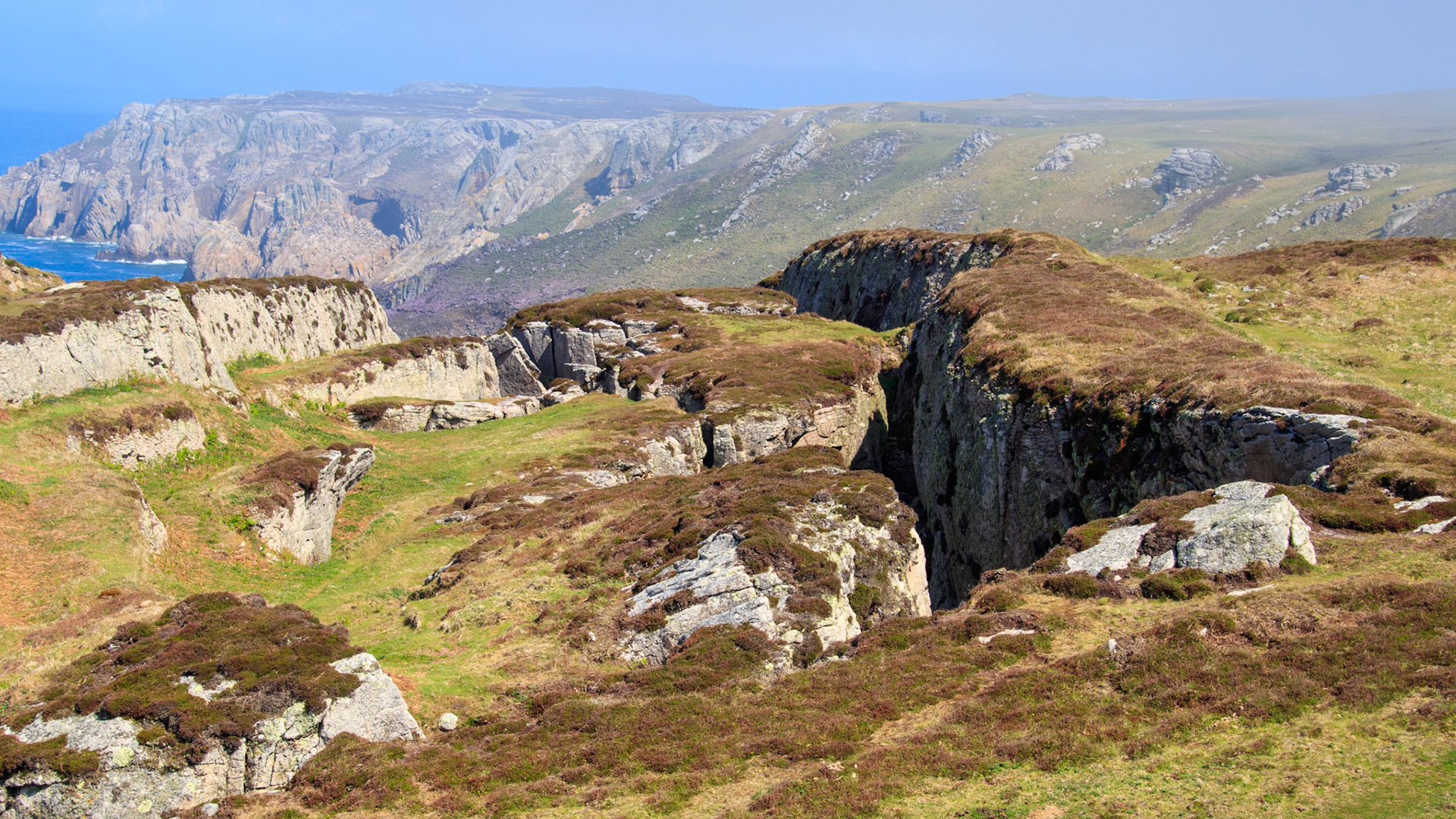
This chasm was caused by the Lisbon earth quake of 1755
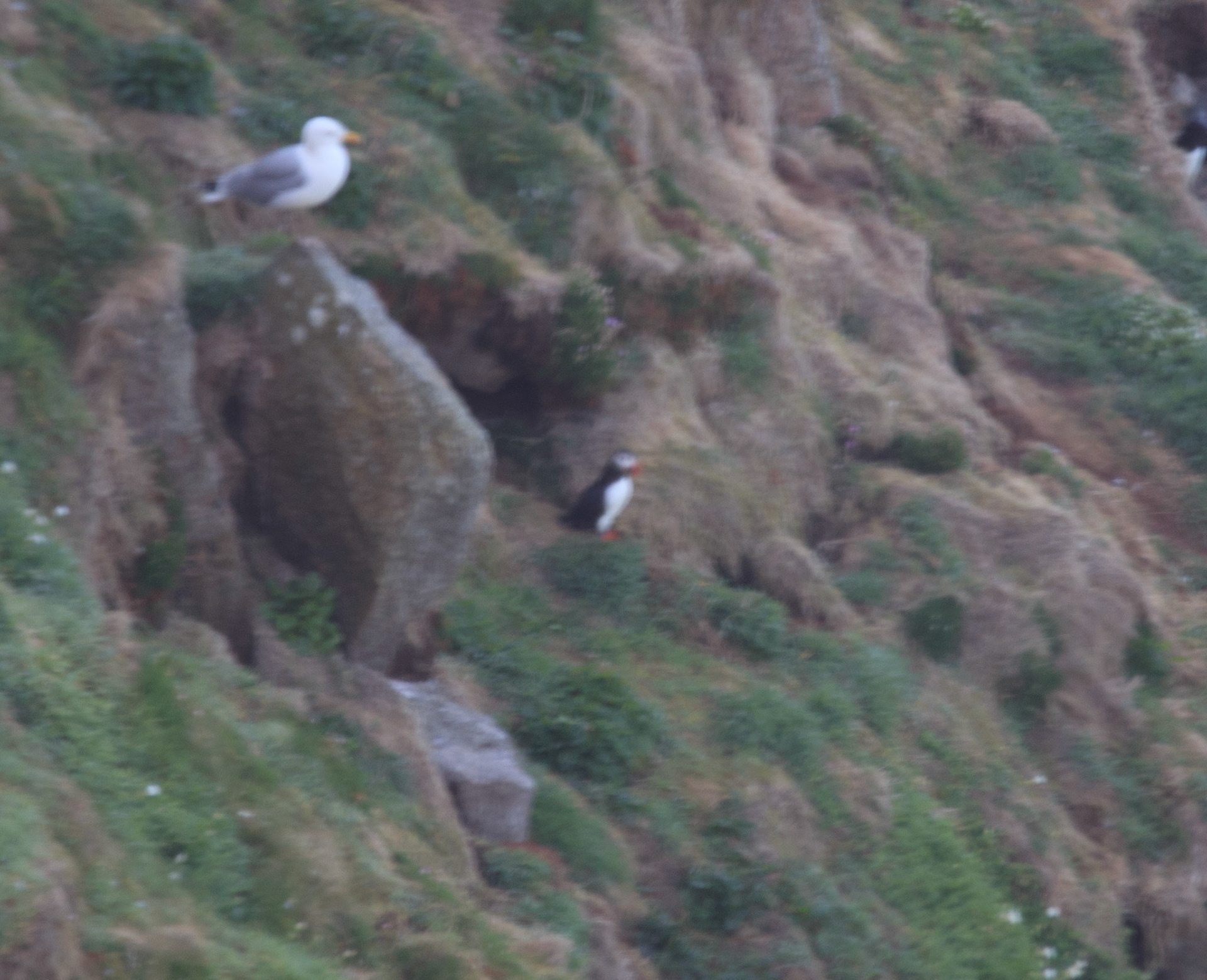
One Puffin
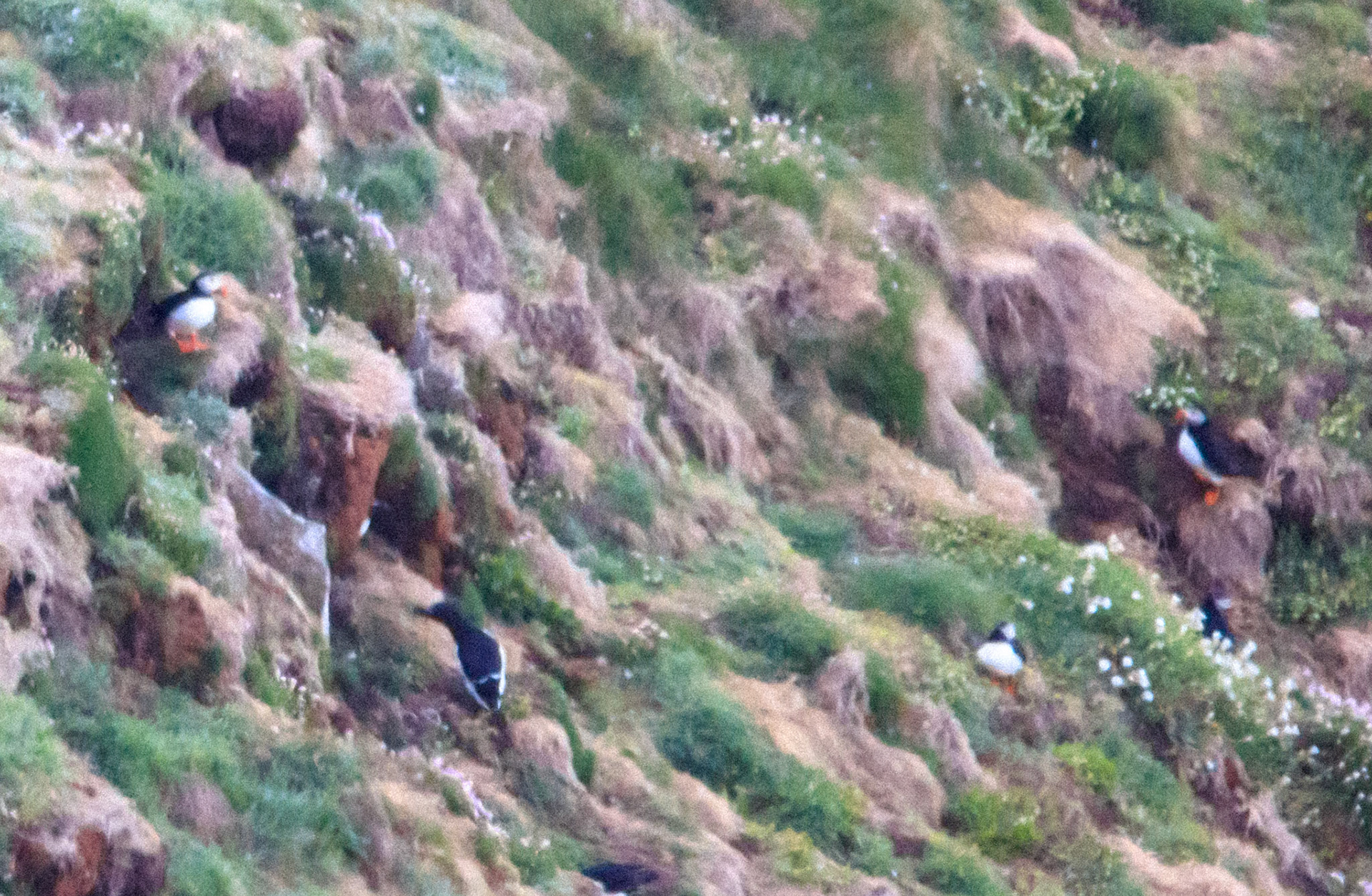
Puffin Puffin Puffin
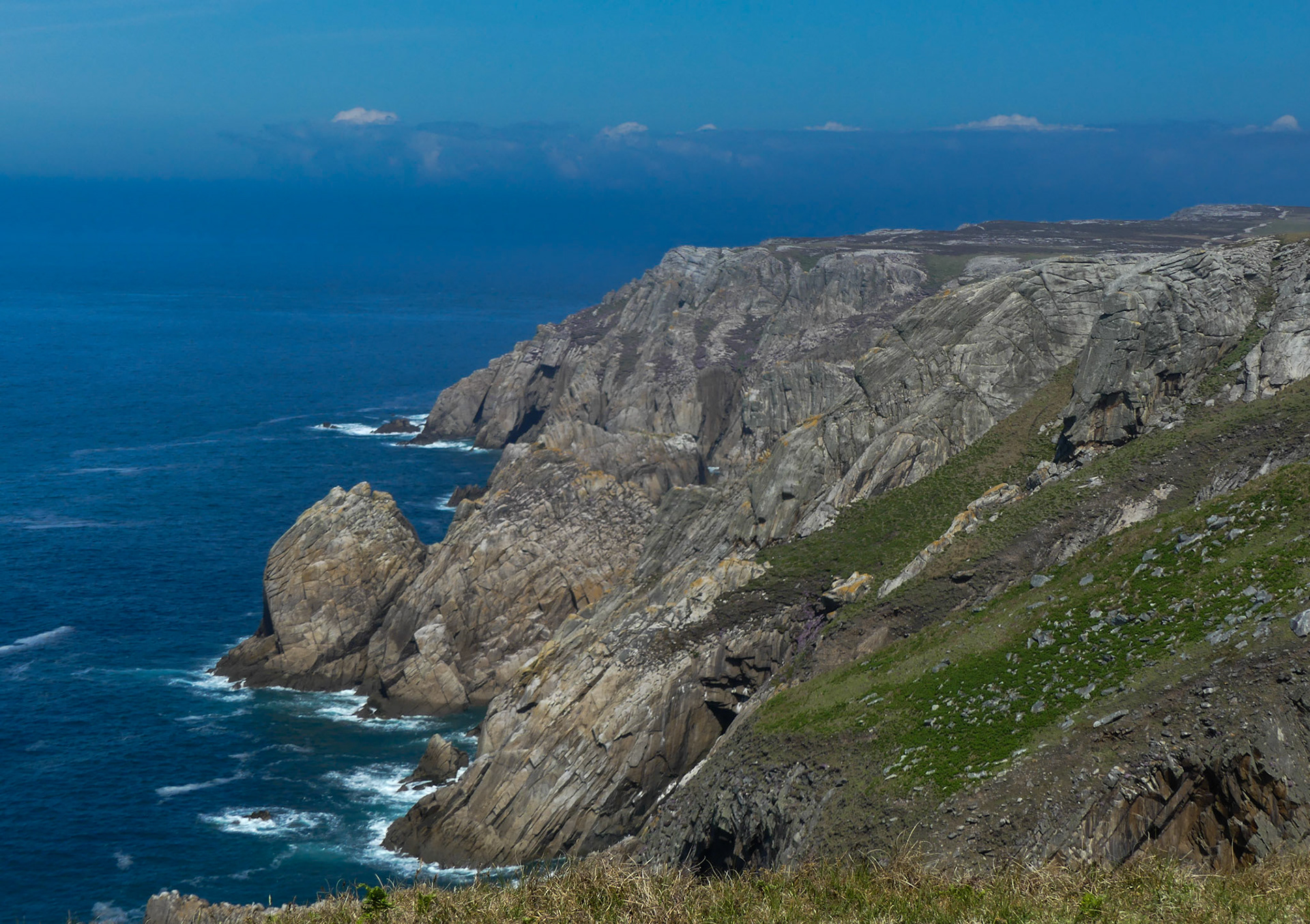
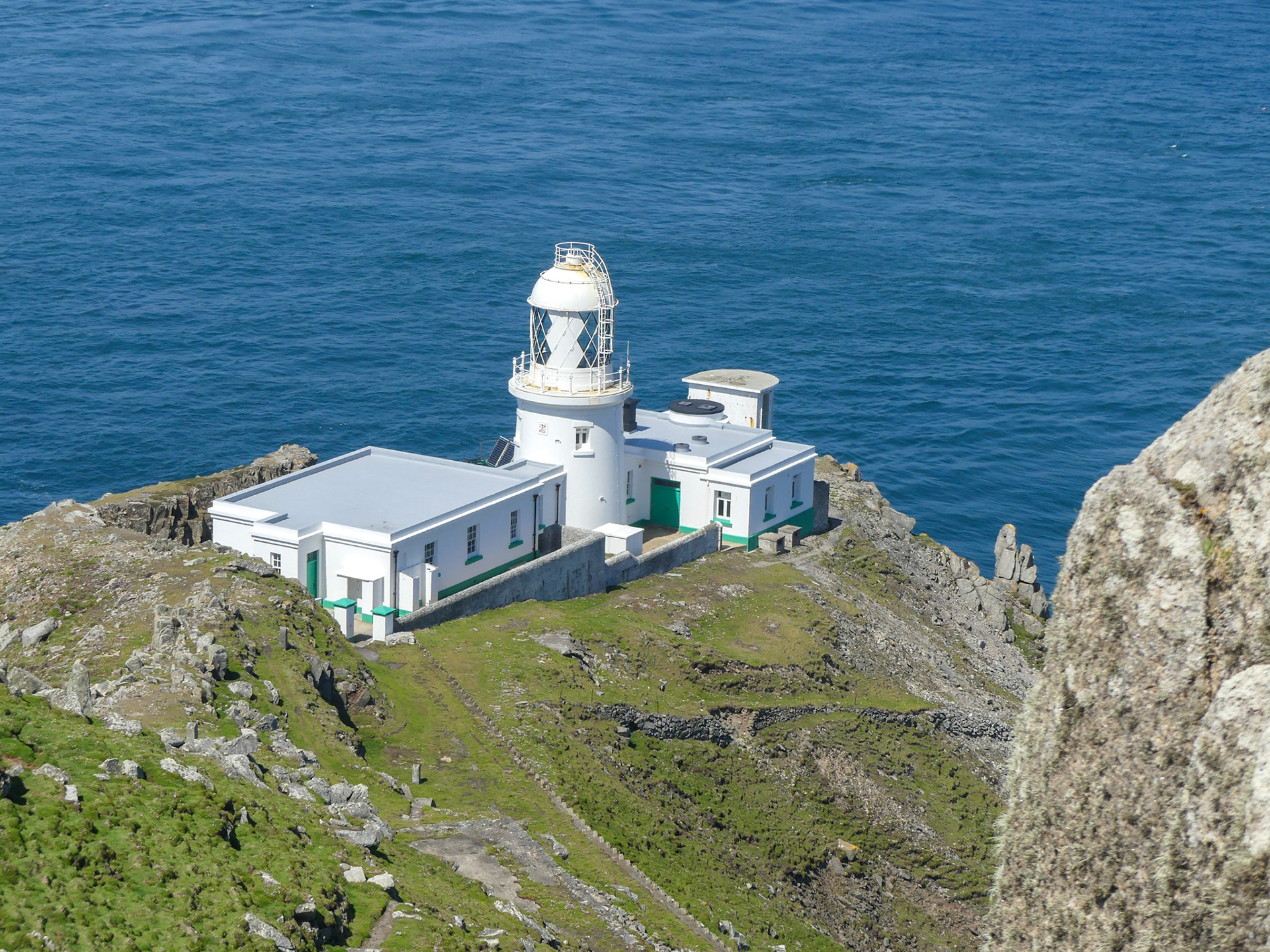
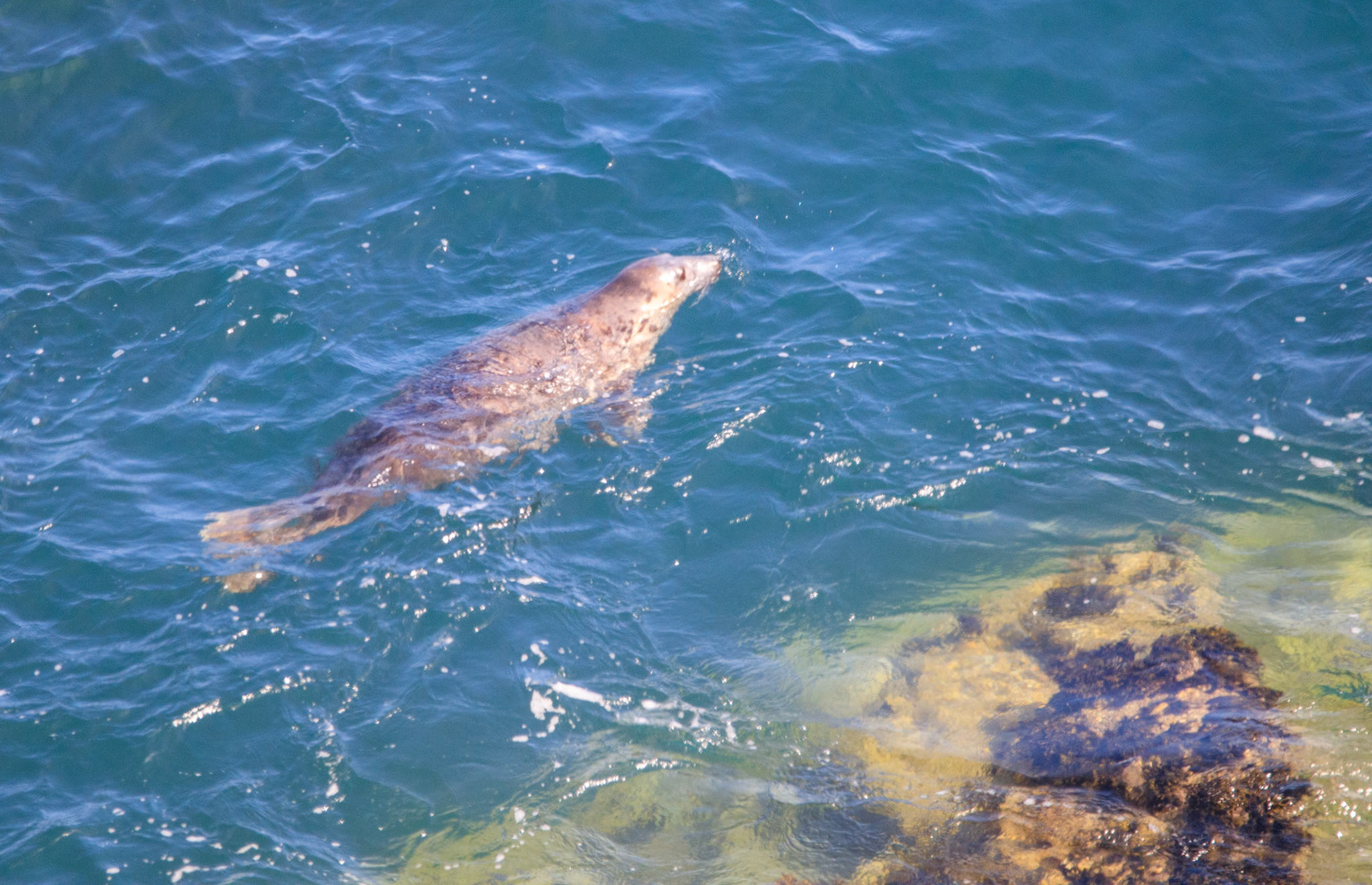
Atlantic Grey seal
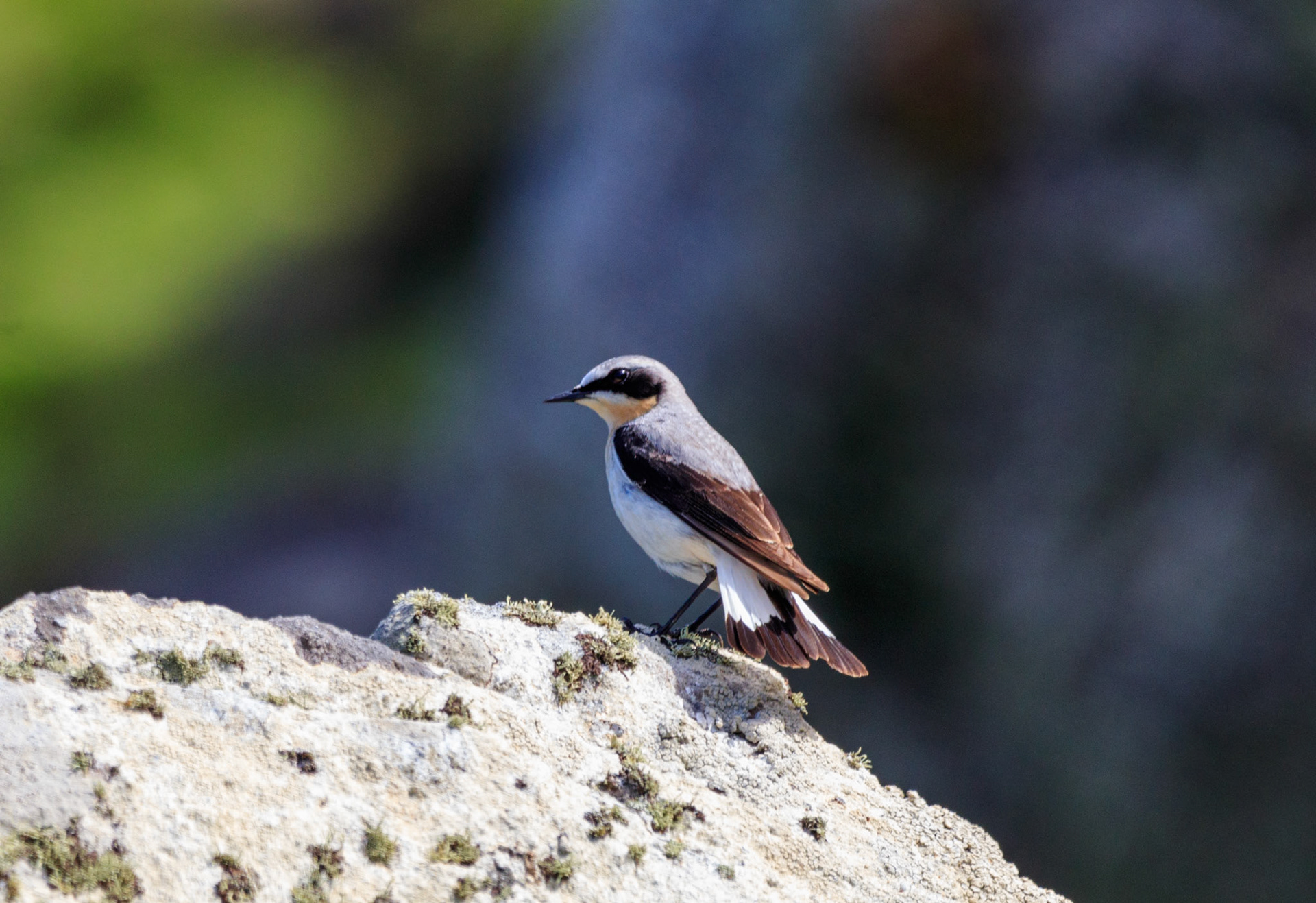
Wheatear
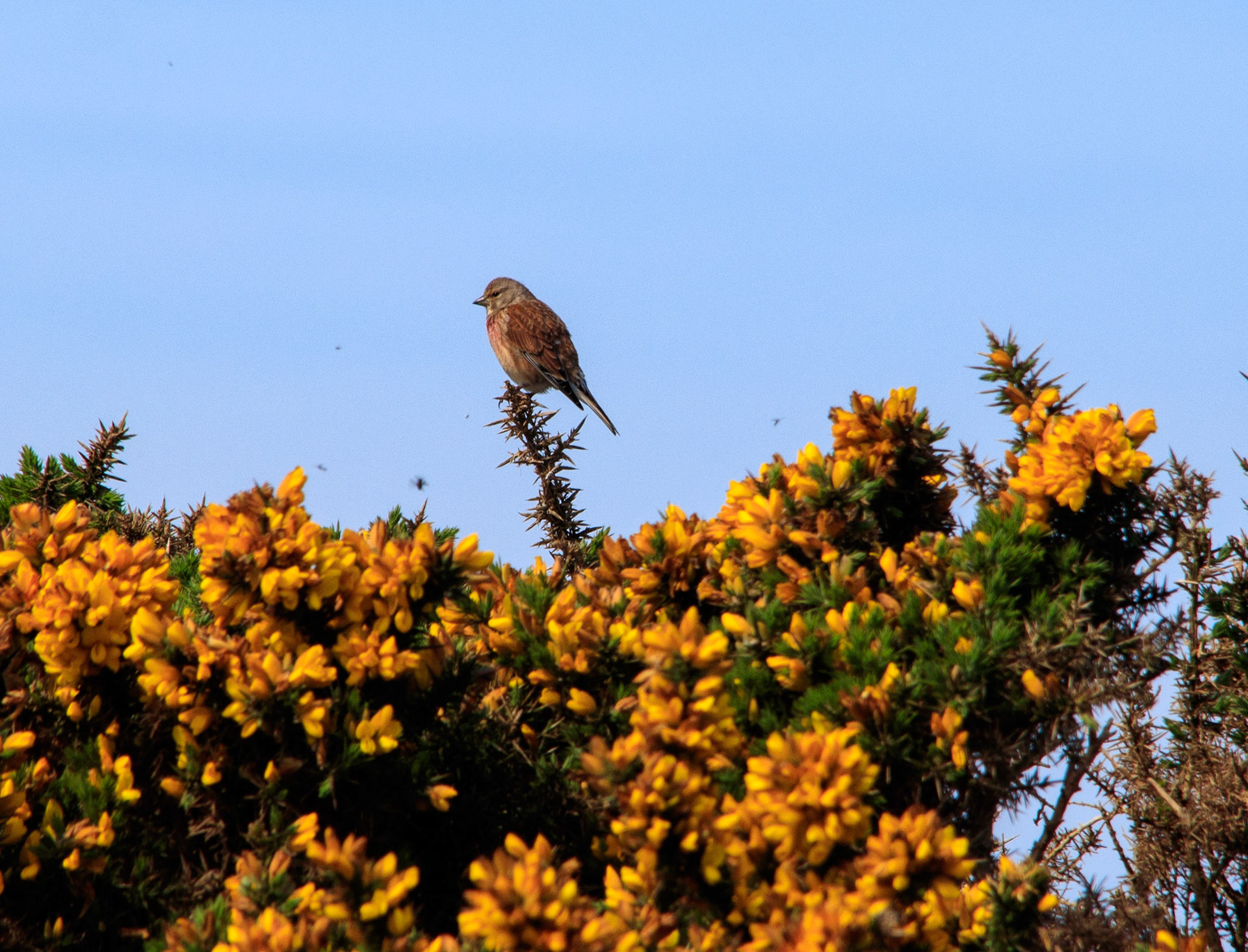
Chaffinch

Back to the boat in time to see the most amazing effects of the katabatic wind pulling the clouds over the Eastern side of the island and raising a 17kts wind from nowhere. Link to definition
.
Reluctantly we left Lundy for Dale in Milford Haven but the weather was glorious and we sailed for at least 3 hours. Decreasing winds and a beam sea saw us yet again hoist the engine and the headsail for propulsion across this part of the Bristol Channel. We arrived in Dale after 42 miles and moored on the pontoon thoughtfully laid each summer for visiting yachts.
Technical Question
1 Do you know where your fluxgate compass is?
We had a serious malfunction on the autohelm which necessitated steering in hand for a few hours on this crossing. After every electronic button had been pressed in every possible order we gave up investigating and decided to phone a friend. An email to some wonderful and knowledgeable friends currently cruising up the Norwegian coast, led us to consider the whereabouts of the compass. Also contact with Darrel Walters, an Admin for the FB group “Sailing and Cruising UK” who is based in Milford Haven, assured us we could get repairs done if necessary.
Safe to say, no repairs were necessary. On locating the fluxgate, we realised we had stored our ramoska oven (big chunk of metal) the other side of the bulkhead which, on the rolling seas had intermittently then permanently interfered with its functionality.
Lesson learned. All metal items removed from the vicinity and on our motor up from Dale to Milford Haven Marina the equipment functioned beautifully. Bonus though, as we did get to meet Darryl who gave us many tips on the best places to visit in Southern Ireland.
So we are weatherbound in Milford until Saturday when we hope to leave on the freeflow lock and spend the night at anchor off Skoma before setting sail across the Irish Sea to Kilmore Quay.